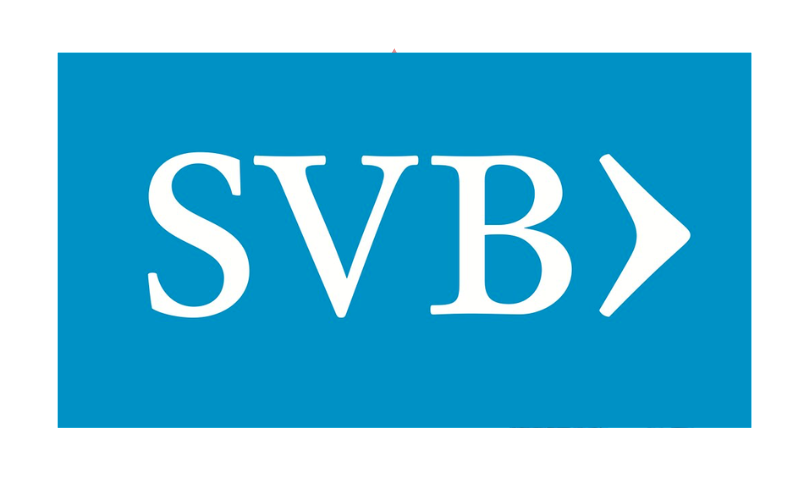Andrew Stuttaford
National Review, Mar. 11, 2023
“The fear in the financial markets this weekend stems from the fact that investors are scrutinizing other financial institutions for similar vulnerabilities.”
Via the Rational Walk, a handy (technical, but easy to read) account of some of what went wrong with Silicon Valley Bank (SVB). It’s well worth reading in full, but, as the author (Ravi Nagarajan) sets out, the problem has been there in plain sight:
What seems to be missing from much of the coverage of SVB’s failure is that the bank’s financial situation should have come as no surprise to anyone. Indeed, the company’s 2022 10-K, filed with the SEC just two weeks ago, made it quite clear that the bank was actually undercapitalized and vulnerable to a bank run.
[A] quote at the beginning of this article, taken from SVB’s 10-K, indicates that the bank had $16 billion of stockholders’ equity as of December 31, 2022. This is accurate from a GAAP accounting standpoint. There is no reason to believe that there was any fraud or other nefarious activity at SVB. However, it must be emphasized that the bank did not actually have stockholders’ equity of anywhere near $16 billion if we consider the market value of the securities portfolio.
But under GAAP (accounting) rules, not all those securities had to be valued at market. To put it simply, securities held by a bank that are “available for sale” (AFS) have to be shown at their market value (“marked to market,” to use the jargon), when calculating what they are worth, a calculation that is bundled into the overall calculation of stockholders’ equity (the bank’s net capital). However, another set of securities in the bank’s portfolio did not have to be marked down or marked up in this way. Those are the securities that a bank plans on holding to maturity (HTM). …Source


